I don’t know a damn thing about fashion but the fact that people obsess about it and spend ridiculous amounts of money on is endlessly fascinating to me. I mean, I stopped watching Sex and the City after the episode where Carrie Bradshaw realized she’d spent $40,000 on footwear yet couldn’t afford an apartment because I just thought it was too over the top. Nobody is really like that, are they?
Well, evidently they are. Particularly in Italy.
I have to admit that it’s kind of fun to walk down Corso Vannucci in Perugia and just look at the window displays, which are nothing like the ones in L.A. or NY. Right next to my hotel, for instance, there’s an ancient little alcove, no more than ten feet wide, that has been turned into a display area for wedding gowns. There’s no information available on the window or anywhere else about where these gowns are being sold but there is a tiny little slip of paper on a pedestal that says 15,065. I assume that means Euros and the idea is that if you have to ask anything else about it, you can’t afford to buy it anyway.
In the same vicolo where I got lost a few days looking for a cheese shop is a store selling children’s clothes. But not like Gap kid’s clothes. More like the sort of clothes Audrey Hepburn’s character in Breakfast at Tiffany’s would have worn if they’d done a prequel about Holly Golightly as a 7-year-old. This shot I took of a Degas-ballerina-inspired outfit with Kermit the Frog cape? 2,436 Euros (but that includes the ballet slippers and a child’s handbag so she has someplace to stick her crayons).
Yesterday Maura and I were walking around Maesta when we came across this men’s fashion store in what used to be a church (okay, in the states we turn old churches into restaurants, but I don’t think I’ve ever seen one repurposed into a place to sell D&G underwear). It’s called NIBA and is owned by a LeRoy Neiman-lookalike named Gianpaolo Nicolia. Maura picked up a package of Dolce&Gabbana underwear that, she said, would look great on me. And believe it or not, I was actually thinking of getting these shorts as kind of an Italian souvenir for myself until I noticed that they cost 73 Euros—or about $97.
But hey, the D&G underwear was cheap compared to the silk pajamas that were going for the equivalent of $759. Would a man really wear a pair of silk pajamas that cost $759? Well, yes and no, Gianpaolo told me. For instance, he himself has a classic pair of striped pajamas but he only brings them out for holidays and specials occasions. Like when he goes to Canne with his mistress.
The trick, he told me, is to buy the same version of the pajamas in cotton for days when you’re just home with the wife. “These,” he said, holding up a pair of cheap cotton striped pajamas, “are only $165.”
I don’t know, I told him. I just didn’t see the point (frankly, I’m perfectly comfortable in boxers and a T-shirt).
“Listen,” he told me, “when you make love to a woman, it is like she is giving you a gift. And just like any gift, you want the packaging to look beautiful. That is why Italian women pay attention to their lingerie and are happy to spend 150 or 200 Euros for a bra. It is part of the present. And it is the same for a man. You are a fool if you don’t pay attention to your undergarments.”
Okay, I can almost buy this (although I did not buy the hundred dollar pair of shorts). But I still don’t understand why anyone would pay over $3,200 for a little girl’s ballerina outfit.

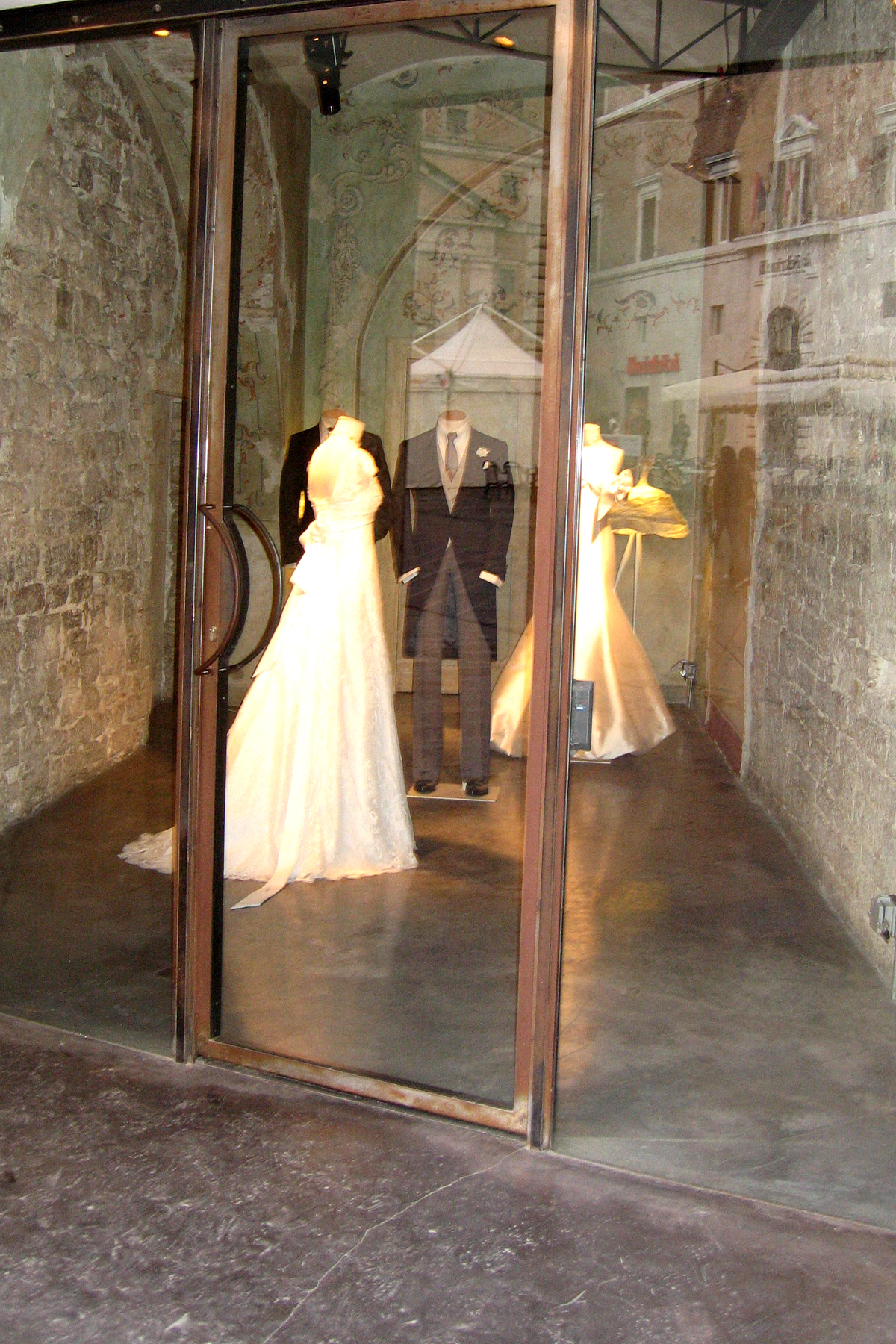

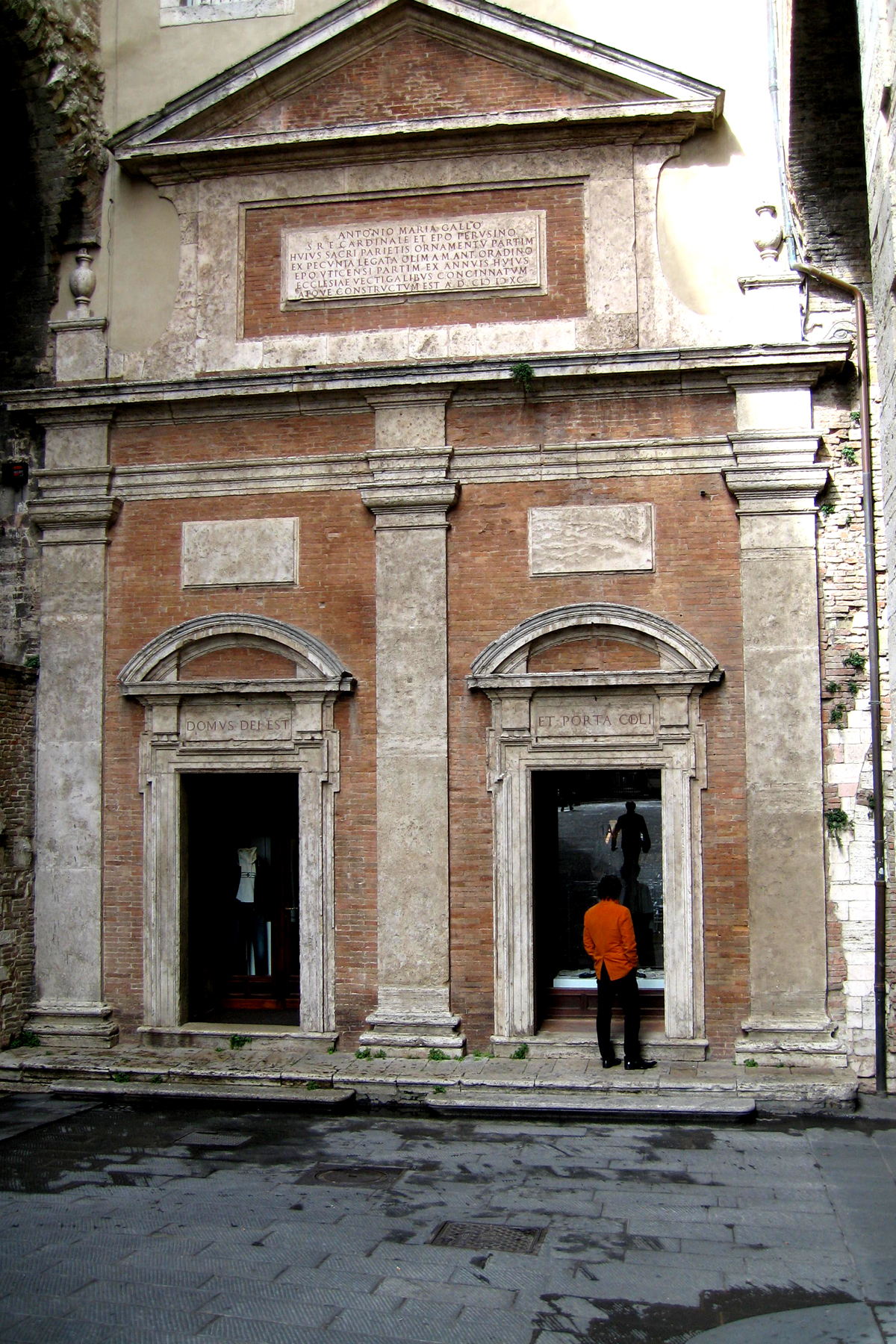
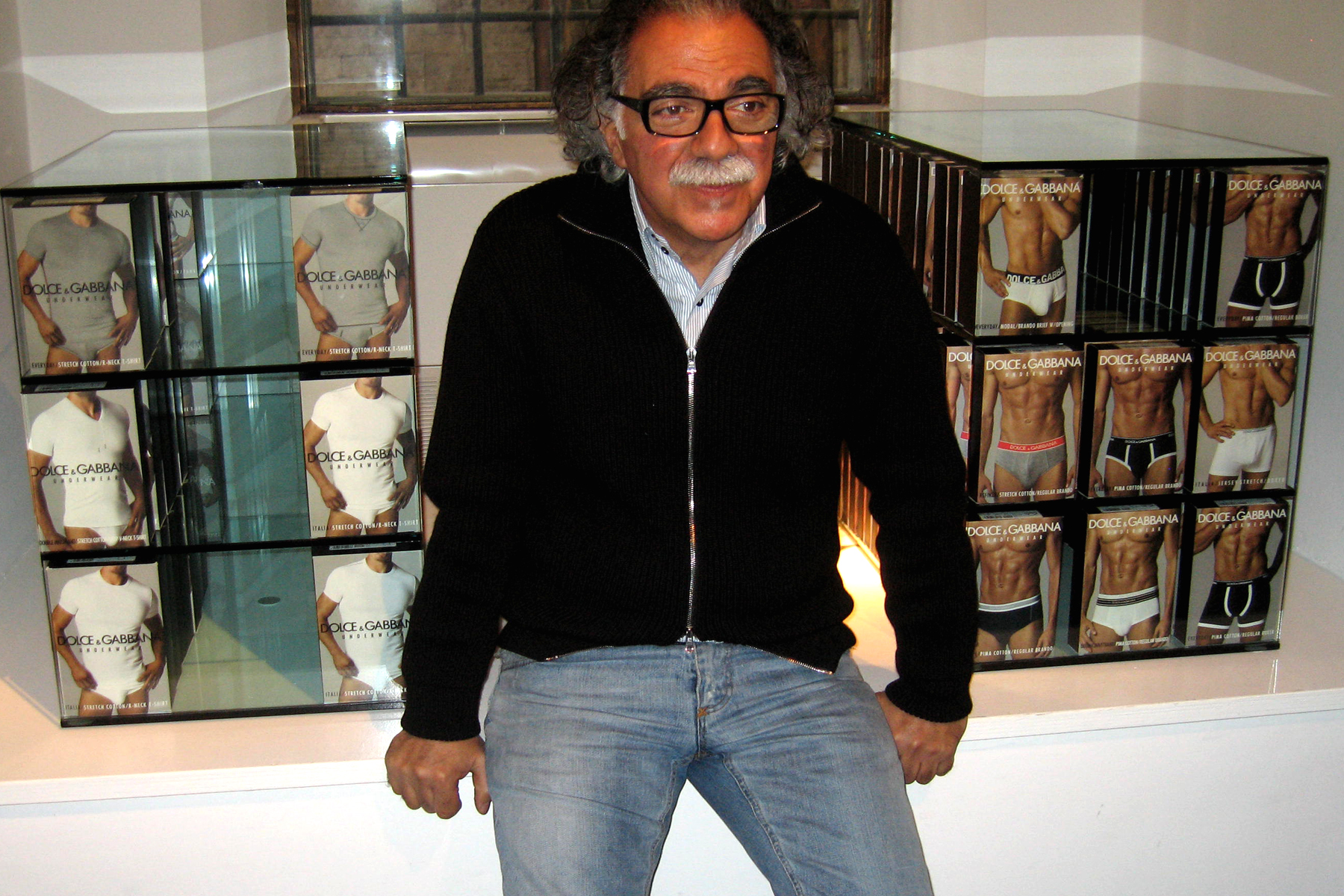
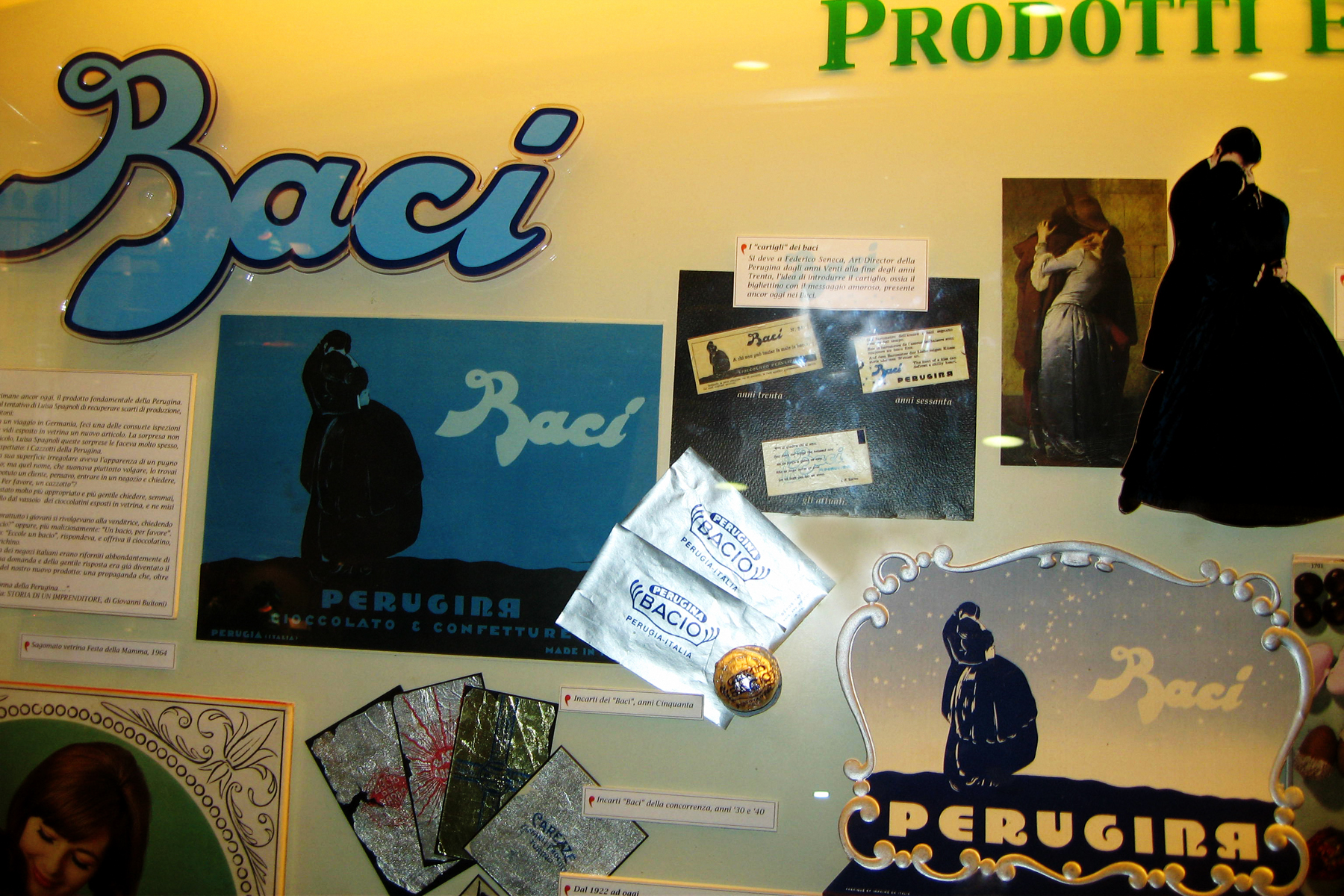

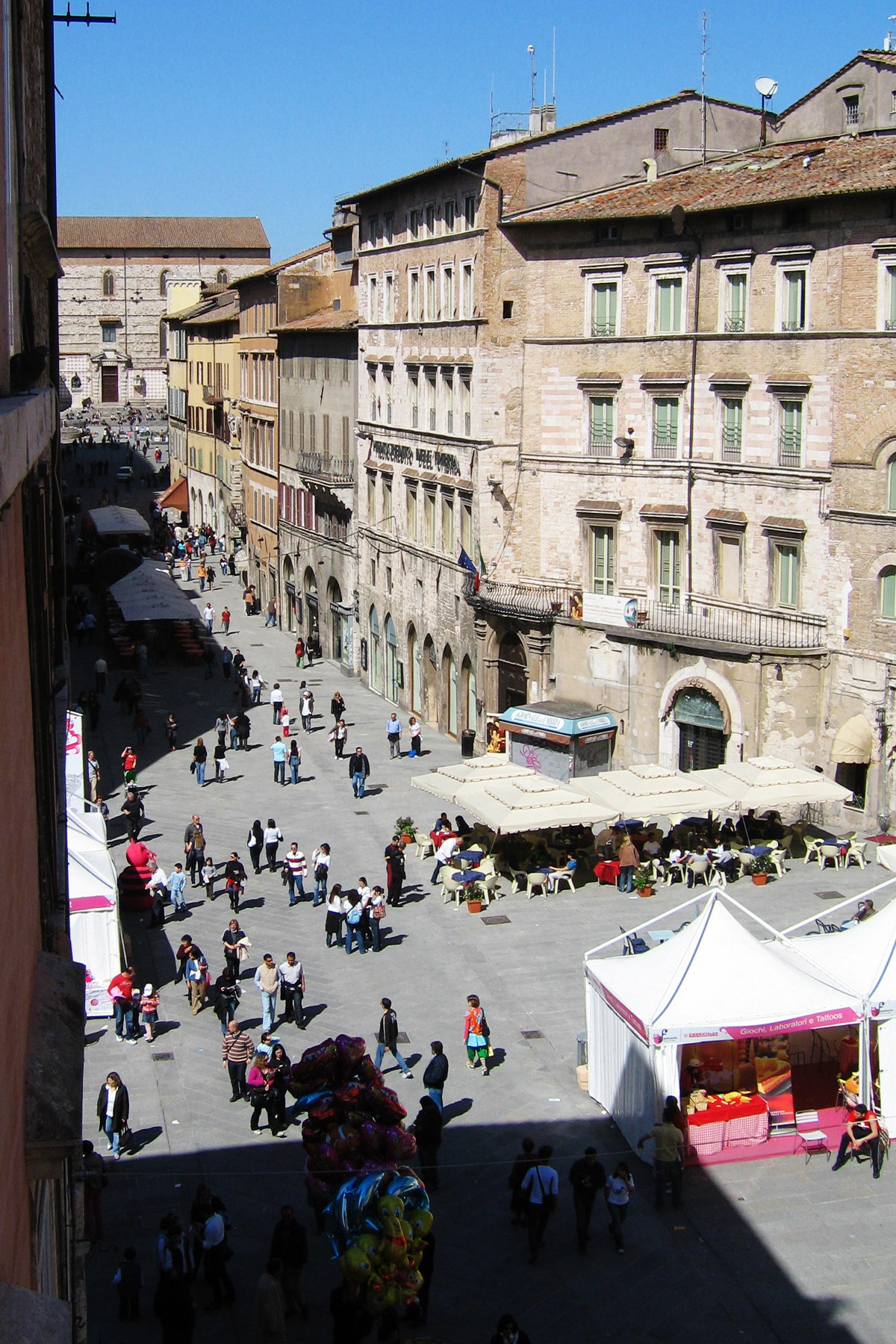
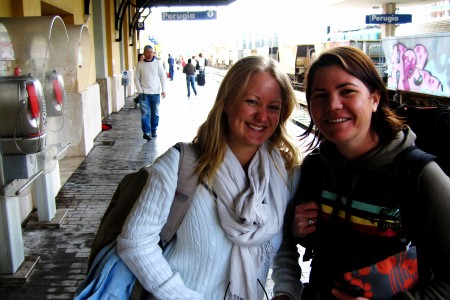
Recent Comments